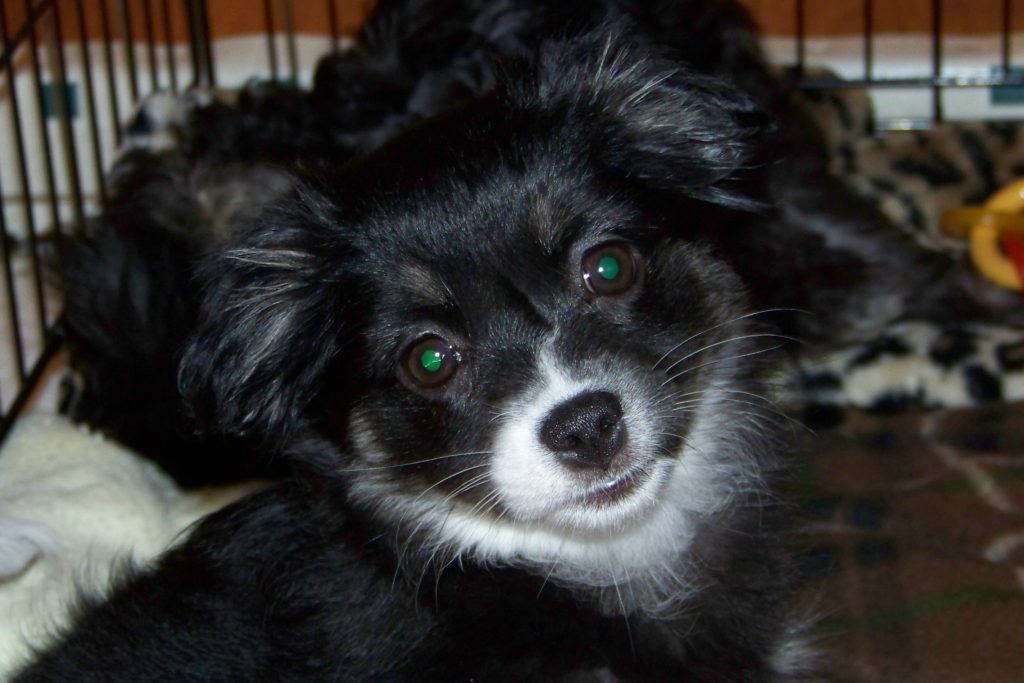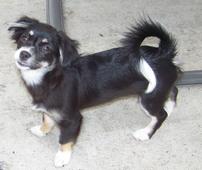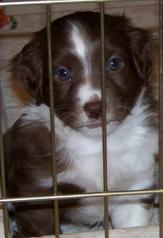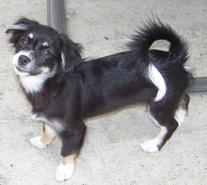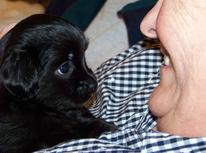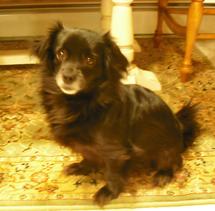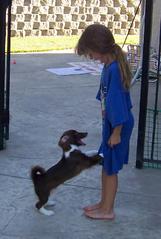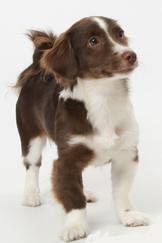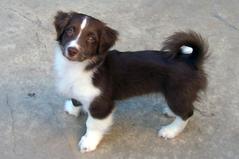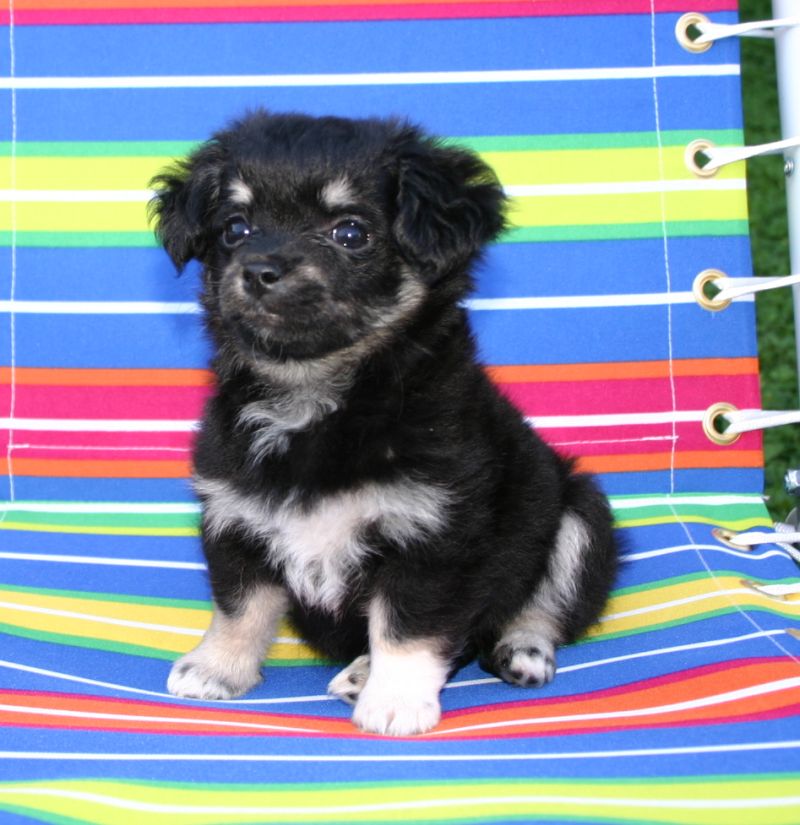What is a Short Hair Havanese?
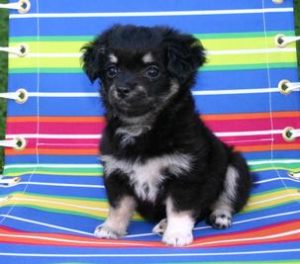
Short Hair Havanese, the Shavanese, looks a lot like a chihuachua with hair very close to the skin surface. There are fringes of longer hair mixed throughout the coat.
The Havanese Breed is known for it’s long, beautiful, free-flowing wavy coat. However, some of the Havanese bloodlines still have a recessive genetic trait that affects the general physical appearance of their coat. This is a trait that responsible breeders are attempting to breed out of their bloodlines by using selective breeding once they know the results of DNA testing. The Dachshunds, Chihuahuas, Labs, German Shephards and many other breeds all have many different types of coats. They could have a curley coat, smooth coat, a wirey coat, a long or a course coat. Although their coats appear different, one thing they share in common is that the appearance of their coat does not affect their need for love, security, companionship or health quality. So in short, it is a purebred Havanese that does not exhibit a long coat, nor will it ever grow to be long. If you are not an allergy sufferer or Asthmatic, this little dog would be a great option for many family activities. We use VetGen and UC Davis to identify our adults that carry the short-hair gene. This allows us to be selective with our breedings.
How is a Short Hair Havanese Produced?
Genetics 101….. To create babies, puppies, kittens, or any living being, DNA is needed from both parents. DNA is like a map that instructs that organism on how to grow and what to look like. For humans, for each trait, it takes at least 2 strands of DNA to create that specific trait, ie, the color of your hair or eyes, the shape of your ear lobes, or having a widow’s peak hair line.
In puppies, when a Sire (Daddy) and Dame (Mommie) are bred, they each contribute one of their DNA strands to create new offspring. If the Sire and Dame used, both carry this recessive DNA (Ff) + (Ff), there is a 25% chance that a Short Hair Havanese will be produced in that litter of offspring. Dominant traits (FF) will always be seen when combined with a recessive trait (ff). Long Hair in the Havanese is the dominant and preferred coat trait. The puppy’s coat will only appear short if that puppy inherits a short hair gene from the mother and one from the father. It is rare to see a Short-Hair Havanese, because it is not recognized by the AKC breed standards for exhibition. Up until about several years ago, most breeders would only produce a short hair havanese by accident, because there was not a specific genetic marker available. VetGen, UC Davis and several other genetic research companies have made such great strides in their research that it has helped improve selective breeding practices. Now a days, with the genetic DNA tests being used, a breeder can screen a potential breeding dog before it is used in a breeding program. This prevents an unwanted shorthair havanese from being produced.
Previously, before DNA testing, although the parents exhibited the long coat, each one of them could have unknowingly been a carrier of this recessive gene. If a breeder were to take a carrier (Ff) and breed it with a non-carrier (FF) , there would be no chance of producing a short-hair Havanese (ff), however, if some of the puppies produced were used to create puppies, those puppies could produce short hair havanese if they were carriers. (Ff) Mendel’s Pea theory helps explain how this could happen. Short-Hair in a Havanese is a trait that can be eliminated out of a breeding blood line through selective breeding. For many years, there were none seen until some European Havanese bloodlines were imported into the USA at some point and time.
There are no known health issues related to this recessive trait, but is merely a different cosmetic appearance. The short hair havanese could still have some of the same genetic disorders that the long hair havanese exhibit, so proper health testing should still be performed on potential breeding parents.
(FF) or (Ff) or (ff)
Below are some purebred short hair Havanese. I have produced 3 short-hair havanese throughout all of my breedings. With DNA screenings available, I can avoid producing a short-haired havanese. Can you pick out the Shavanese in the group picture? By 5-6 weeks of age, you can see differences.
Known Differences between short-hair havanese and the traditional long-hair havanese:
- Shed some hair
- Are not hypoallergenic. The dander is totally differently. The Long-Hair Havanese are in the Hypo-allergenic category, making them suitable for Asthma/ Allergy sufferers. The Short-Hair Havanese are NOT Hypo-Allergenic and can easily trigger allergies or asthma like symptoms. Their coats seem to continuously shed hair.
- Have a short coat while their littermates will have a long coat.
- Have long fringes of hair on their ears, chest, tail and leg joints
- Appearance is different, however, they are equally as healthy as their litter mates
- A longer protruding muzzle with a lack of hair around the eyes
- Short Hair Coats are not acceptable to be shown in an AKC Conformation ShowRing
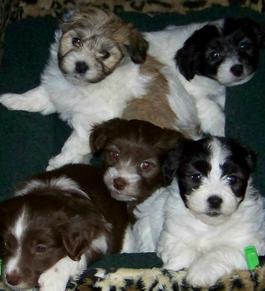
Can you tell which of the puppies is a short-hair havanese?

